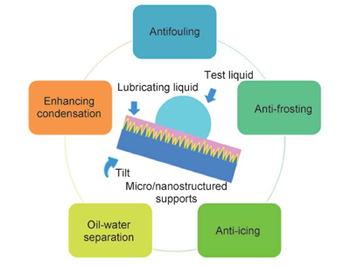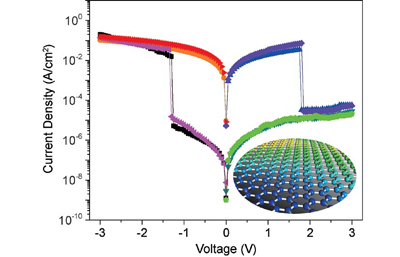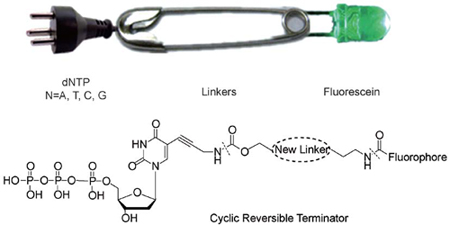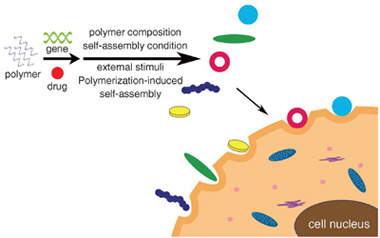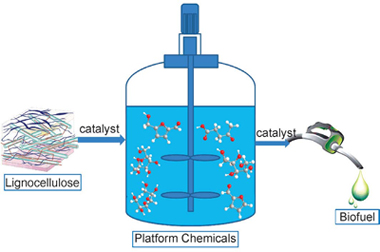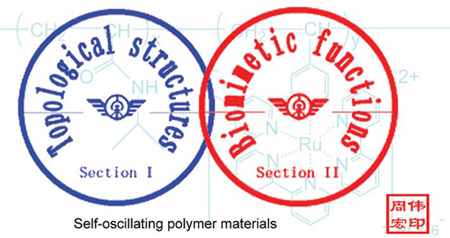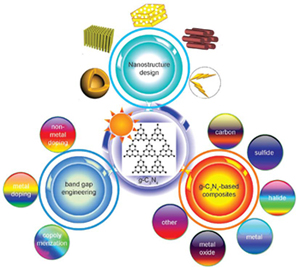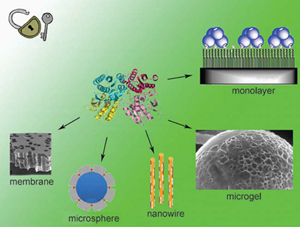Semiconductor photocatalysis not only can directly convert solar energy into chemical energy but also degrade and mineralize organic pollutants, which is considered as one of promising techniques to address the global energy and environmental problems. Due to the unique electronic band strcture, thermal and chemical stabilit,polymeric graphitic carbon nitride (g-C
3N
4), which is a low-cost and metal-free photocatalyst is widely applied in hydrogen evolution, water oxidation, environmental remediation, CO
2-to-CO conversion, photocatalytic antibacterial, as well as originic photosynthesis. However, the g-C
3N
4 photocatalyst synthesized by traditional thermal polyconsendation method has small surface area and large band gap, and the photo-generated electron-hole pairs is easily to recombine, and the photon-generated carriers transfer slowly, all of these defects suppressed the photocatalytic activity severely. In order to enhance the photocatalytic activity of g-C
3N
4, some modification methods are utilized. This review aims at summarizing recent advances in the modification of g-C
3N
4 photocatalyst, including nanostructure designing, band gap engineering and promoting the separation of energy-wasteful charge recombination. At the end, the prospects for the modification of g-C
3N
4 photocatalyst are also discussed.
Contents
1 Introduction
2 Nanostructure designing of g-C3N4 photocatalyst
2.1 Hard templates synthesis method
2.2 Soft templates synthesis method
2.3 Template-free method
3 Band gap engineering of g-C3N4 photocatalyst
3.1 Non-metal doping
3.2 Metal doping
3.3 Copolymerization
4 g-C3N4-based compound photocatalyst
4.1 g-C3N4/carbon composites photocatalyst
4.2 g-C3N4/sulfide composites photocatalyst
4.3 g-C3N4/halide composites photocatalyst
4.4 g-C3N4/metal composites photocatalyst
4.5 g-C3N4/metal oxide composites photocatalyst
4.6 Other g-C3N4 composites photocatalyst
5 Conclusion and outlook









